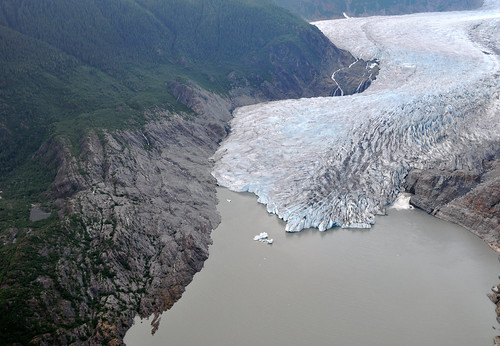
Day after day we’re seeing more impacts from climate change, and many concerned folks want to know what exactly their government is doing about it. In other words, who’s keeping score on what we’re doing as our climate warms?
With this in mind, the U.S. Forest Service has developed something it calls the Climate Change Performance Scorecard. The scorecard was created as a way for the Forest Service to measure how well it was responding to climate change and to keep track of experiences and best practices so others could learn from them.
“Given our role in managing our country’s natural resources, we have a particularly unique opportunity to respond,” said Dave Cleaves, U.S. Forest Service Climate Change Advisor. “The Scorecard is helping more forest land managers develop an understanding of how climate change will impact rivers, tree health, wildfire activity, and more … and what to do about it.”
And, importantly, the Scorecard helps implement the Forest Service’s National Roadmap for Responding to Climate Change.
“The Roadmap is our strategic guidance for pulling climate change into the Forest Service’s daily operations, and the Scorecard helps implement this guidance by focusing national forests’ efforts and tracking success,” said Cleaves.
This is because the Scorecard is organized around areas like integrating climate change into employee education, program management, and partnerships. The Scorecard also encourages national forest land managers to better understand which of their natural resources are most vulnerable to climate change, how forests can operate more sustainably, and more.
Since the Roadmap and Scorecard were released in 2011, the Forest Service has accomplished impressive results. The majority of the Scorecard is now being successfully achieved by our national forest land managers. But this is just the beginning. National forest land managers are expected to continue to push, to achieve even greater successes around climate change issues in the near future.
